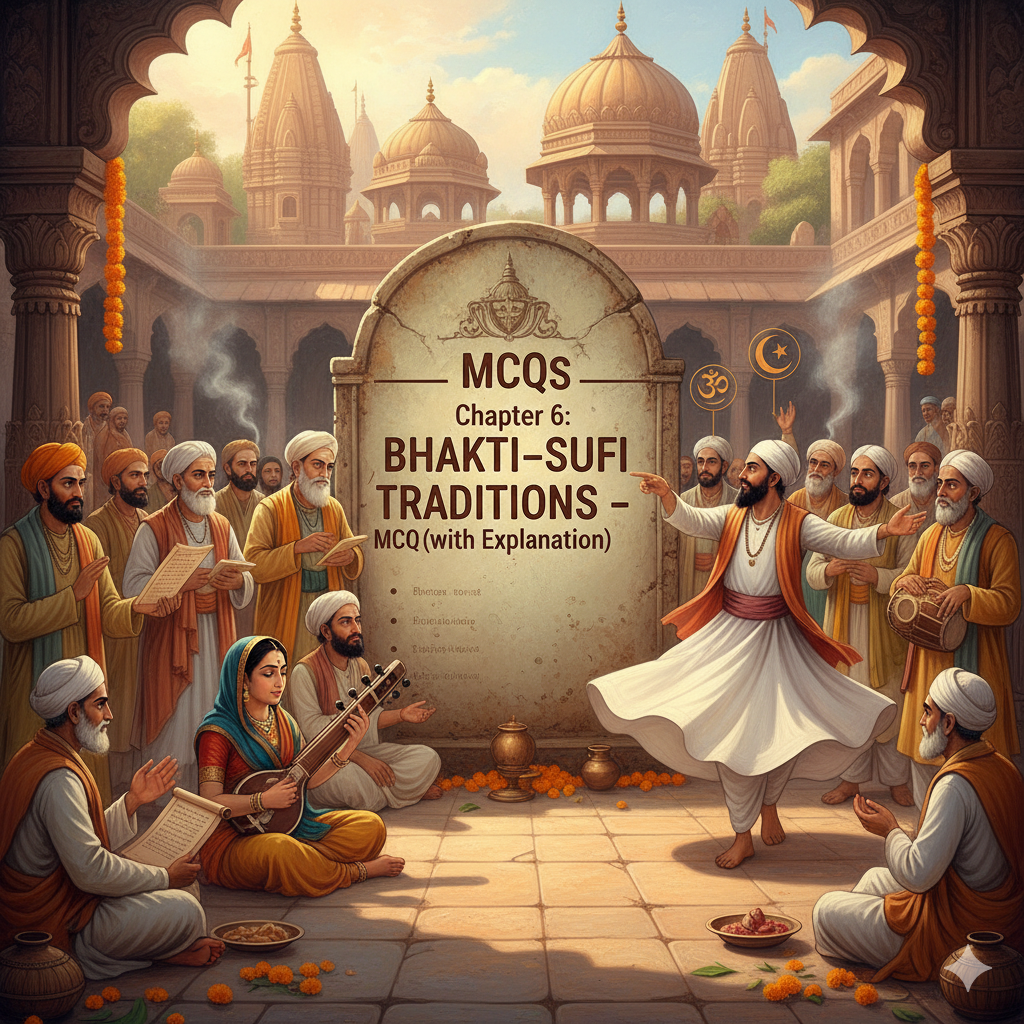1. Who among the following was called Ulama?
(a) Scholar of Shiva cult
(b) Scholar of Brahma cult
(c) Scholar of Islam cult
(d) Scholar of Islamic studies
Ans. (d) Scholar of Islamic studies
Expl.: Ulama refers to learned scholars in Islamic studies — experts in Quran, Hadith, law (Shari‘a), and theology.
2. Which one of the following teachings is not associated with Chishti devotionalism?
(a) Pilgrimage to tombs of Sufi saints is common
(b) From morning till evening, people come to eat
(c) People from all creeds express devotion at dargahs
(d) Khwaja Muinuddin’s shrine is most revered
Ans. (b) From morning till evening, people come to eat
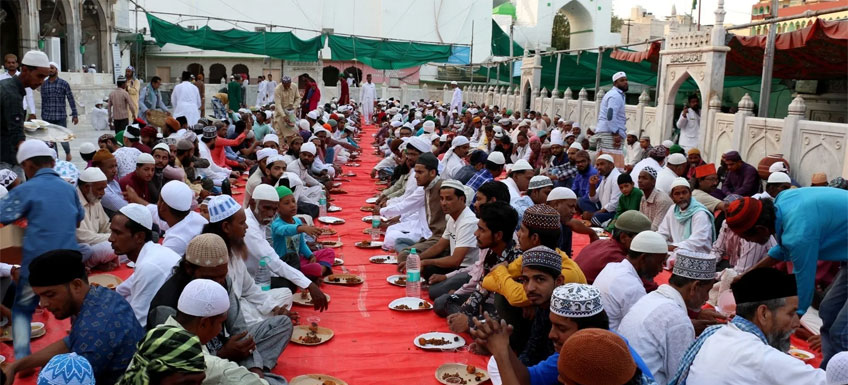
Expl.: Chishti langar was open to all, but not a continuous eating hall; it symbolized service and equality, not feasting.
3. Who among the following composed Padmavat?
(a) Amir Khusro
(b) Ratan Sen
(c) Malik Muhammad Jayasi
(d) Baba Farid
Ans. (c) Malik Muhammad Jayasi
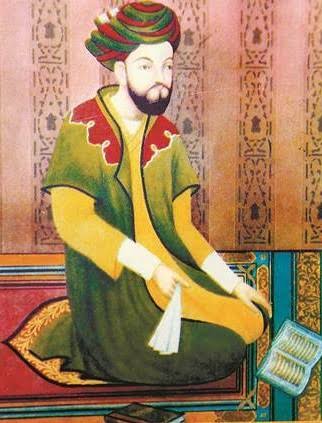
Expl.: Padmavat (1540 CE) is an allegorical Sufi romance composed by Malik Muhammad Jayasi in Awadhi.
4. Who among the following preserved Kabir Bijak?
(a) Kabirpanth
(b) Dadupanthi
(c) Khalsa Panth
(d) Both (a) and (b)
Ans. (a) Kabirpanthi
Expl.: Followers of Kabir, called Kabirpanthis, preserved his verses in a compilation known as the Kabir Bijak.
5. Which group challenged caste and “pollution” ideas of Brahmanas?
(a) Paravars
(b) Alvars
(c) Lingayats
(d) Nayanars
Ans. (c) Lingayats
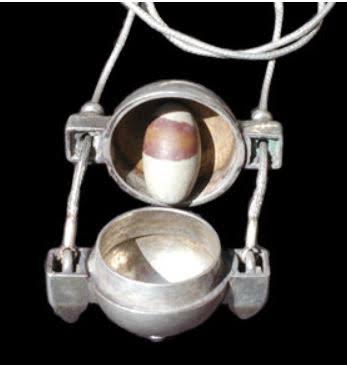
Expl.: Lingayats, founded by Basavanna, rejected caste hierarchy, idol worship, and Brahmanical ritual purity.
6. Adi Granth was compiled by whom?
(a) Guru Arjan
(b) Guru Tegh Bahadur
(c) Guru Gobind Singh
(d) Guru Nanak
Ans. (a) Guru Arjan
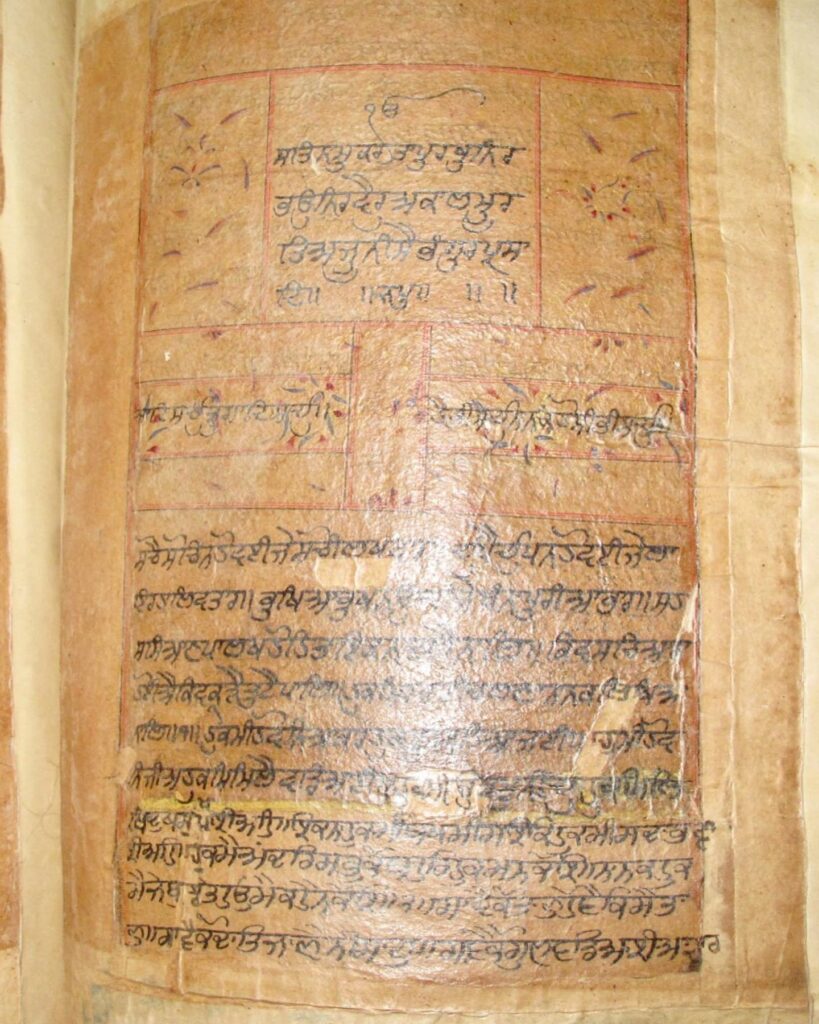
Expl.: Guru Arjan Dev, the fifth Sikh Guru, compiled the Adi Granth around 1604 CE — the central scripture of Sikhism.
7. Vitthala, the presiding deity of Vitthala temple, was an incarnation of—
(a) Vishnu
(b) Shiva
(c) Brahma
(d) Ganesha
Ans. (a) Vishnu
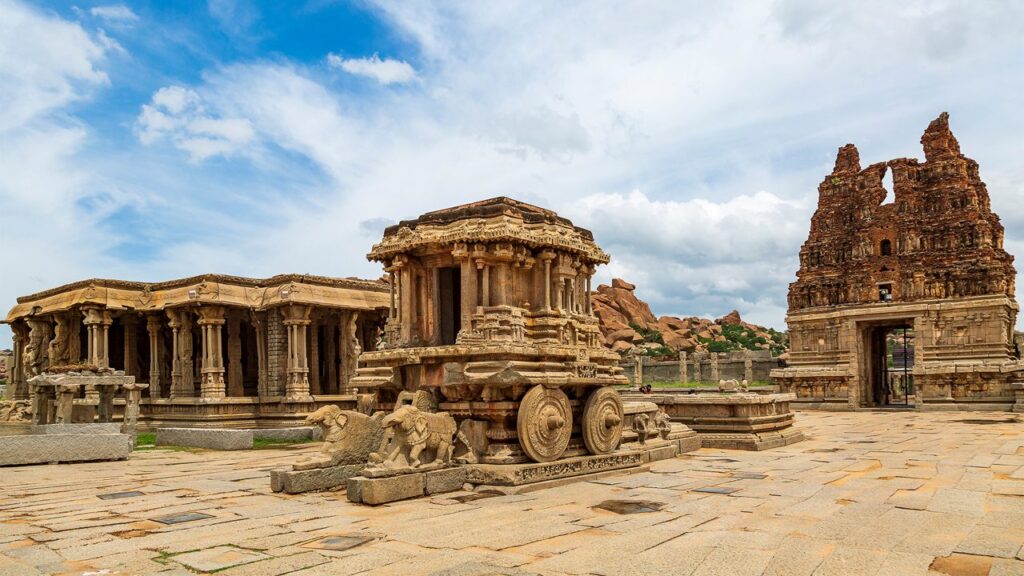
Expl.: Vitthala (Vithoba) of Pandharpur is a local form of Vishnu/Krishna worshipped in Maharashtra.
8. Kirtana-Ghosha was composed by—
(a) Kabir Das
(b) Surdas
(c) Shankaradeva
(d) Sundarmurti
Ans. (c) Shankaradeva
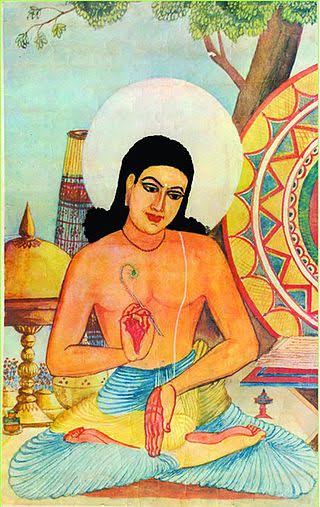
Expl.: Assamese saint Shankaradeva composed Kirtana-Ghosha, a compilation of devotional songs praising Vishnu.
9. The Dargah of Sheikh Salim Chishti was built at—
(a) Agra
(b) Kannauj
(c) Delhi
(d) Fatehpur Sikri
Ans. (d) Fatehpur Sikri
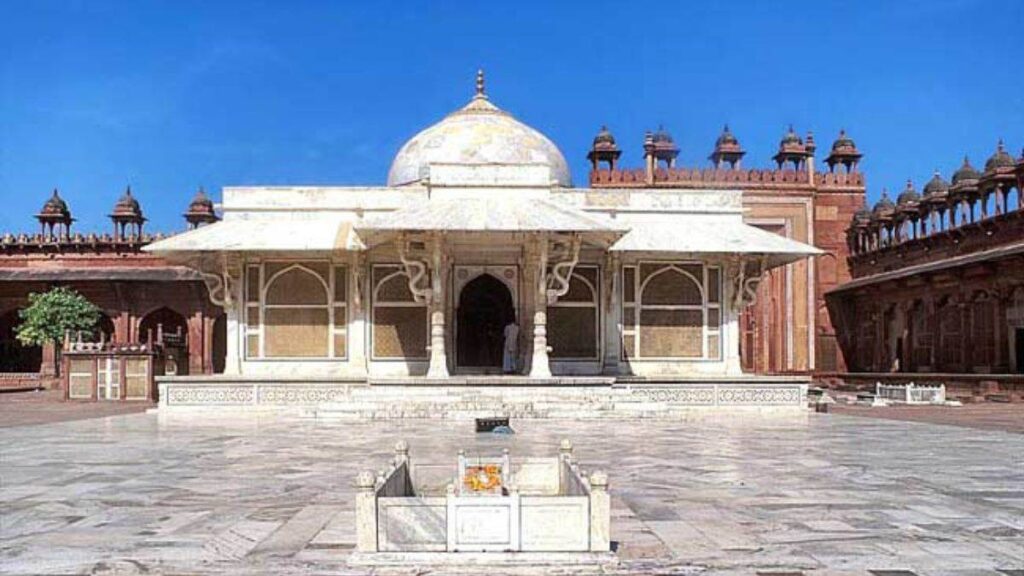
Expl.: Mughal emperor Akbar built the shrine of Sheikh Salim Chishti at Fatehpur Sikri, honouring the saint’s blessings.
10. Which Bhakti saint was a disciple of Ramananda?
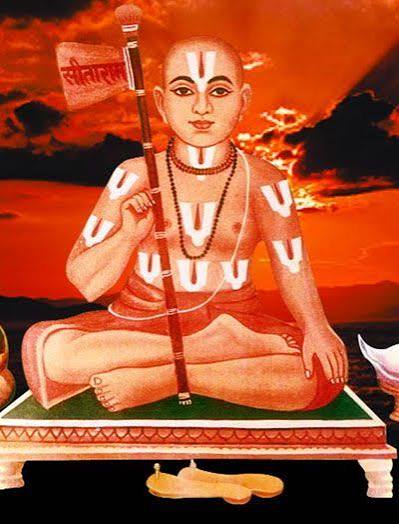
(a) Kabir
(b) Ravidas
(c) Jaydeva
(d) Surdas
Ans. (a) Kabir
Expl.: Kabir was a disciple of Ramananda, who initiated Bhakti teachings in North India.
11. Mosque with Shikhara-like roofs are found in—
(a) Bangladesh
(b) Kerala
(c) Kashmir
(d) Uttar Pradesh
Ans. (b) Kerala
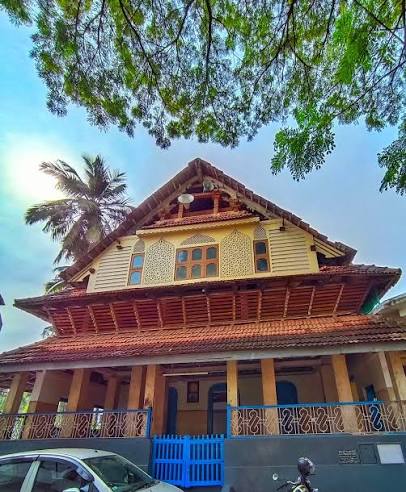
Expl.: In Kerala, mosques blend Islamic and local temple architecture, including shikhara-style roofs.
12. Who among the following was the teacher of Amir Khusro?
(a) Baba Farid
(b) Moinuddin Chishti
(c) Nizamuddin Auliya
(d) Bakhtiyar Kaki
Ans. (c) Nizamuddin Auliya
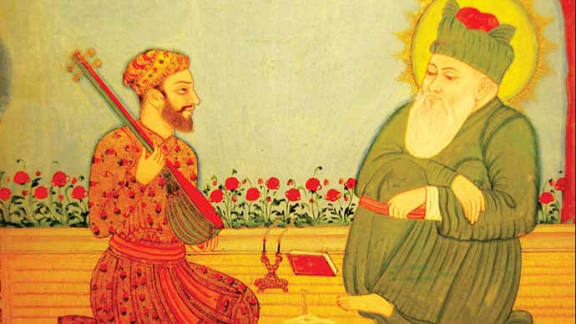
Expl.: Amir Khusro was a devoted disciple of Nizamuddin Auliya, the celebrated Sufi saint of Delhi.
13. Langar in Sufi khanqahs symbolized—
(a) Charity and equality
(b) Ritual fasting
(c) Brahmanical offering
(d) Tax collection
Ans. (a) Charity and equality
Expl.: Langar was a community kitchen where food was freely shared, promoting equality among all devotees.
14. “There is only one God, Allah” — This forms part of—
(a) Five Pillars of Islam
(b) Ten Commandments
(c) Guru Granth Sahib
(d) Shahada only
Ans. (a) Five Pillars of Islam
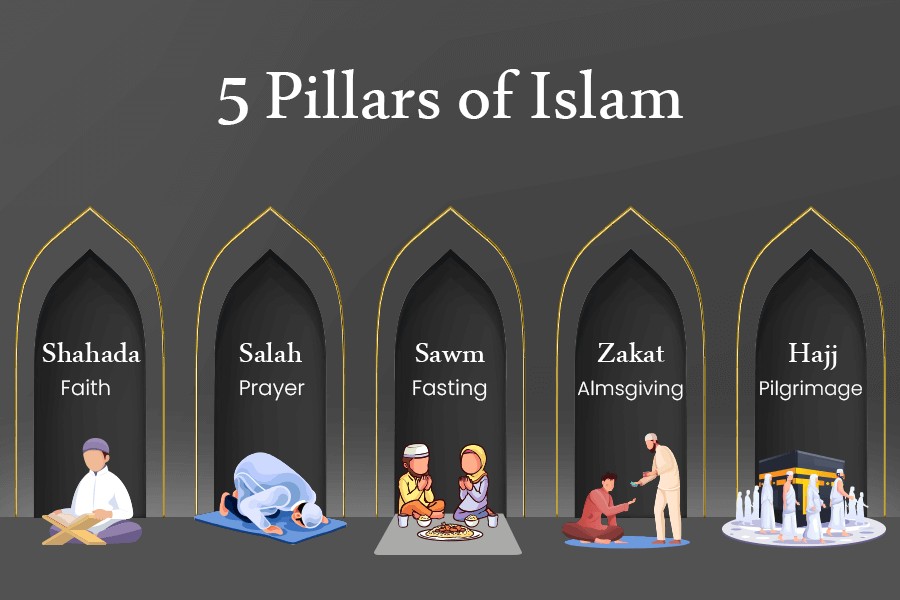
Expl.: The Shahada (faith), Salat (prayer), Zakat, Sawm, and Hajj form the Five Pillars of Islam.
15. Sufism comes from the Arabic word Suf, meaning—
(a) Purity
(b) Wool
(c) Knowledge
(d) Spirit
Ans. (b) Wool
Expl.: The term Sufi originated from Suf, referring to the coarse woollen garments worn by early ascetics.
16. Shari‘a refers to—
(a) Sufi orders
(b) Islamic law
(c) Pilgrimage to Mecca
(d) Mystical meditation
Ans. (b) Islamic law
Expl.: Shari‘a is the legal framework of Islam derived from the Quran and Hadith, governing Muslim life.
17. Who among the following was known as Jangama or wandering monk?
(a) Alvar
(b) Lingayat
(c) Kabirpanthi
(d) Jogis
Ans. (b) Lingayat
Expl.: The Jangamas were wandering preachers of the Lingayat faith who spread Basavanna’s teachings.
18. Who among the following led a new religious movement in Karnataka?
(a) Basavanna
(b) Andal
(c) Karaikkal Ammaiyar
(d) All of these
Ans. (a) Basavanna
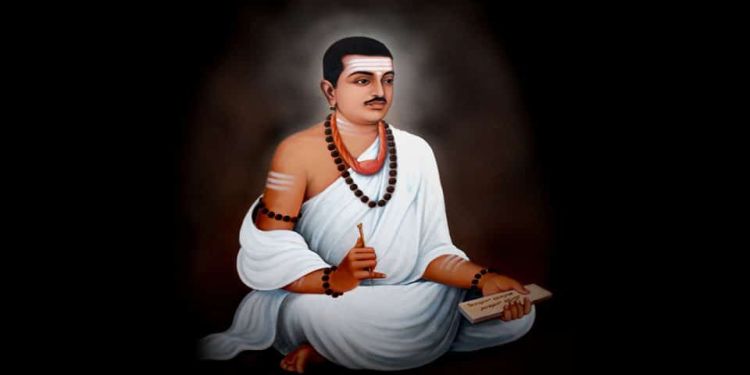
Expl.: Basavanna founded the Lingayat (Virashaiva) movement in the 12th century, opposing caste and ritualism.
19. Which Alvar composition is described as the “Tamil Veda”?
(a) Nalayira Divya Prabandham
(b) Thiruvachakam
(c) Thevaram
(d) Kirtana Ghosha
Ans. (a) Nalayira Divya Prabandham
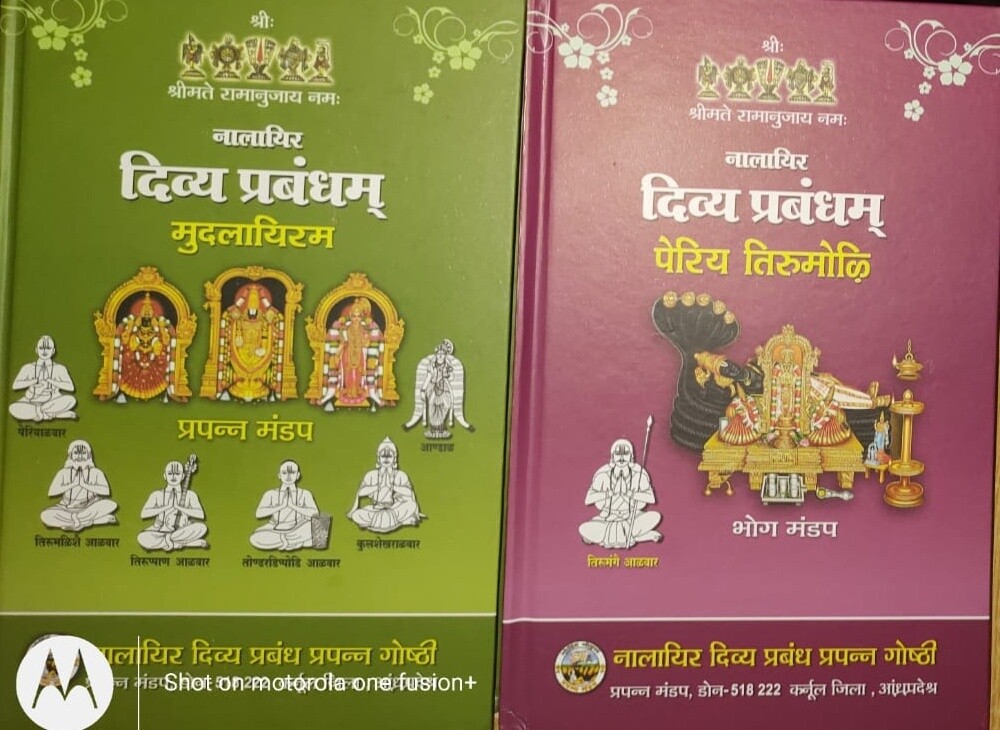
Expl.: The Nalayira Divya Prabandham (4000 hymns) by Alvar saints is revered as the Tamil Veda.
20. Basavanna was a ______ in a king’s court and by birth a ______.
(a) Minister, Brahmana
(b) Priest, Vaishya
(c) Advisor, Kshatriya
(d) Poet, Shudra
Ans. (a) Minister, Brahmana
Expl.: Basavanna served as a minister under King Bijjala of the Kalachuri dynasty and was born a Brahmana.
21. The first Sultan to visit the dargah of Khwaja Muinuddin Chishti was—
(a) Firoz Shah
(b) Qutbuddin Aibak
(c) Muhammad bin Tughlaq
(d) Akbar
Ans. (c) Muhammad bin Tughlaq
Expl.: Muhammad bin Tughlaq was the first Delhi Sultan to pay homage at the Ajmer Sharif dargah.
22. Abhanga is a form of devotional poetry in—
(a) Kannada
(b) Hindi
(c) Urdu
(d) Marathi
Ans. (d) Marathi
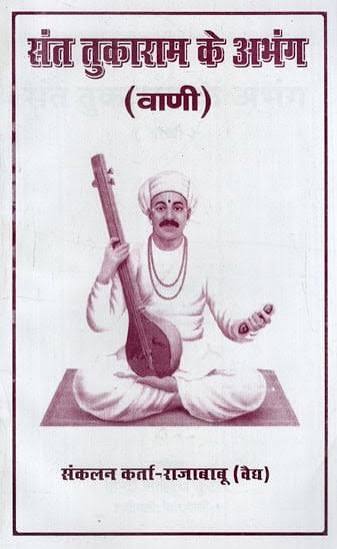
Expl.: Abhangas are Marathi devotional songs composed by saints like Tukaram and Namdev for Vitthala.
23. The Cholas consecrated metal images of Appar, Sambandar, and Sundarar during whose reign?
(a) Parantaka I
(b) Parantaka II
(c) Rajaraja I
(d) Kulottunga I
Ans. (a) Parantaka I
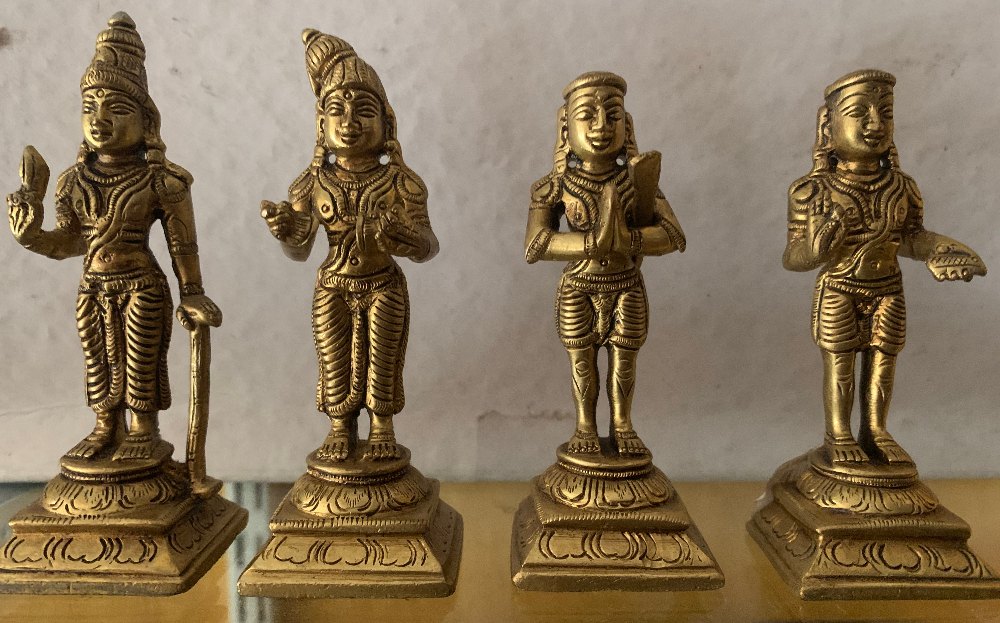
Expl.: Inscriptions from 945 CE record that Chola king Parantaka I installed icons of these three Nayanar saints.
24. Karaikkal Ammaiyar was—
(a) Devotee of Shiva
(b) Devotee of Vishnu
(c) Disciple of Shankaracharya
(d) Poet of Jain order
Ans. (a) Devotee of Shiva
Expl.: Karaikkal Ammaiyar, one of the 63 Nayanar saints, was a woman devotee of Shiva and early Tamil poetess.
25. The term “Sama” in Sufi tradition refers to:
(a) Pilgrimage
(b) Singing of devotional music
(c) Silent meditation
(d) Charity work
Answer: (b) Singing of devotional music
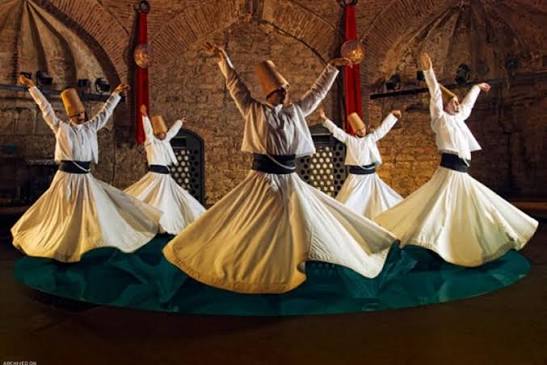
Explanation: “Sama” is the practice of listening to mystical music or Qawwalis to attain spiritual ecstasy and closeness to God.
_________________________________________________
26. The Khwaja Muinuddin Chishti dargah is located at—
(a) Ajmer
(b) Delhi
(c) Lahore
(d) Fatehpur Sikri
Ans. (a) Ajmer
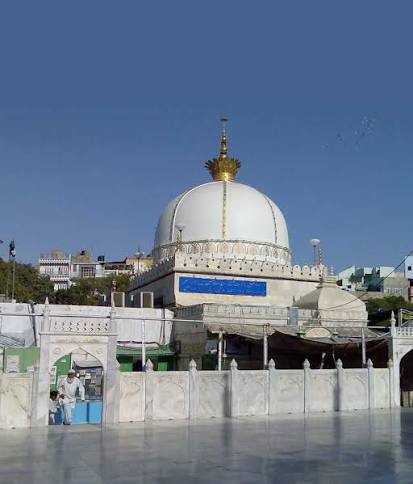
Expl.: Ajmer Sharif dargah of Khwaja Muinuddin Chishti is one of the holiest Sufi shrines in India.
27. Who among the following compiled Ananga?
(a) Kabir
(b) Gyaneshwar
(c) Tukaram
(d) Raidasa
Ans. (b) Gyaneshwar
Expl.: Jnaneshwar (1275–1296 CE), Marathi saint, wrote Ananga and Jnaneshwari, blending devotion and philosophy.
28. Who composed the Guru Granth Sahib finally?
(a) Guru Arjan
(b) Guru Gobind Singh
(c) Guru Nanak
(d) Guru Hargobind
Ans. (b) Guru Gobind Singh
Expl.: Guru Gobind Singh, the 10th Guru, finalized and installed the Guru Granth Sahib as eternal Guru in 1708.
29. “Zikr” and “Sama” are two devotional practices of—
(a) Yogis
(b) Sufis
(c) Alvars
(d) Lingayats
Ans. (b) Sufis
Expl.: Sufis remember God through Zikr (recitation) and Sama (music and dance meditation).
30. What is Nirguna Bhakti?
(a) Worship of specific deities
(b) Worship of abstract form of God
(c) Idol worship
(d) None of these
Ans. (b) Worship of abstract form of God
Expl.: Nirguna Bhakti focuses on a formless, attributeless God — emphasized by Kabir and Nanak.
31. Who was the founder of the Chishti Sufi order in India?
(a) Khwaja Qutbuddin Bakhtiyar Kaki
(b) Sheikh Nizamuddin Auliya
(c) Khwaja Moinuddin Chishti
(d) Sheikh Nasiruddin Chiragh-i-Delhi
Answer: (c) Khwaja Moinuddin Chishti
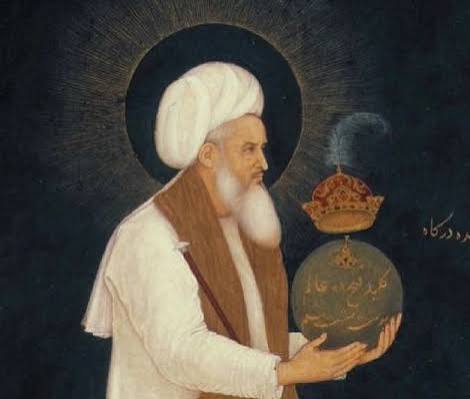
Explanation: Khwaja Moinuddin Chishti established the Chishti order in India in Ajmer. He emphasized love, tolerance, and service to humanity.
32. What was the language of composition of the Vachanas of the Virashaivas?
(a) Sanskrit
(b) Kannada
(c) Tamil
(d) Telugu
Answer: (b) Kannada
Explanation: The Vachanas, composed by the Virashaivas or Lingayats, were written in Kannada. They expressed devotion to Shiva and rejected caste and ritualism.
33. Which of the following Sufi saints was known as “Gharib Nawaz”?
(a) Baba Farid
(b) Moinuddin Chishti
(c) Nizamuddin Auliya
(d) Nasiruddin Chiragh Delhi
Answer: (b) Moinuddin Chishti
Explanation: Moinuddin Chishti was called “Gharib Nawaz” (Benefactor of the Poor) due to his compassion and service to the needy in Ajmer.
34. Which Sufi order was most popular in South India?
(a) Suhrawardi
(b) Chishti
(c) Qadiri
(d) Naqshbandi
Answer: (c) Qadiri
Explanation: The Qadiri order, introduced later, spread widely in South India under saints like Shahul Hamid of Nagore.
35. Who among the following wrote “Sufi doctrine is love”?
(a) Al-Hujwiri
(b) Ibn Arabi
(c) Al-Ghazali
(d) Khwaja Qutbuddin Bakhtiyar Kaki
Answer: (b) Ibn Arabi
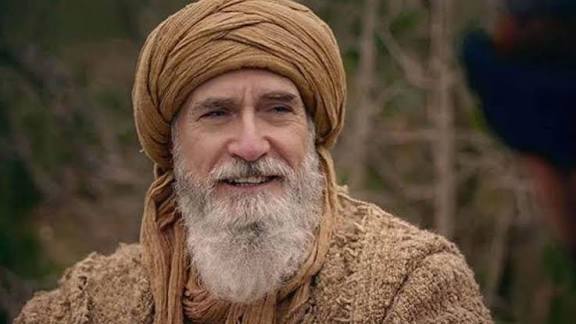
Explanation: Ibn Arabi, a great Sufi philosopher, taught that love is the essence of God and the path toward divine realization.
36. Which Sufi text was written by Al-Hujwiri?
(a) Fawaid-ul-Fuad
(b) Kashf-ul-Mahjub
(c) Tazkirat-ul-Auliya
(d) Siyar-ul-Auliya
Answer: (b) Kashf-ul-Mahjub
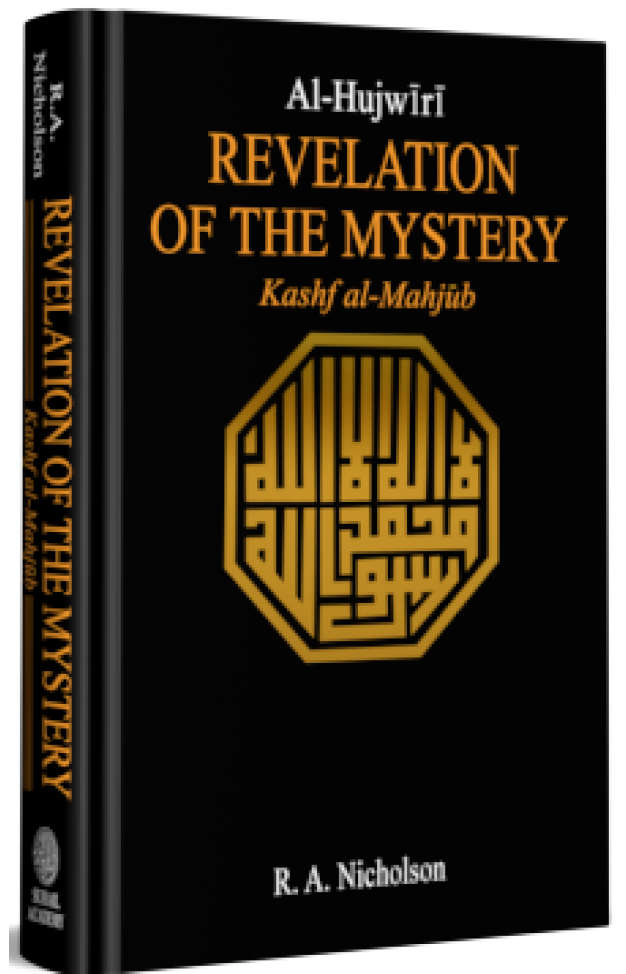
Explanation: Al-Hujwiri’s “Kashf-ul-Mahjub” is one of the earliest Persian treatises on Sufism, explaining mystic doctrines and practices.
37. ‘The philosophy of Advaita’ was propounded by:
(a) Ramanuja
(b) Shankaracharya
(c) Madhvacharya
(d) Kabir
Answer: (b) Shankaracharya
Explanation: Adi Shankaracharya (8th century) preached the philosophy of Advaita (non-dualism), emphasizing the oneness of Atman and Brahman.
38. What is Langar in the Sufi and Bhakti traditions?
(a) A public mosque
(b) A free kitchen for all
(c) A type of musical instrument
(d) A religious festival
Answer: (b) A free kitchen for all
Explanation: Langar refers to the communal kitchen where free food was served to all, promoting equality and brotherhood.
39. The main teaching of Kabir was:
(a) Idol worship
(b) Devotion to one God
(c) Ritual sacrifices
(d) Caste purity
Answer: (b) Devotion to one God
Explanation: Kabir emphasized devotion to a single formless God, rejecting idol worship, caste, and ritualism.
40. Who was the teacher (Guru) of Namdev?
(a) Vishoba Khechar
(b) Tukaram
(c) Kabir
(d) Eknath
Answer: (a) Vishoba Khechar
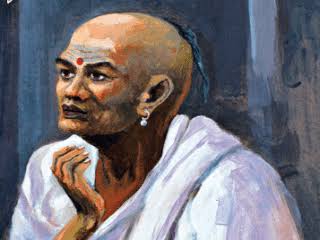
Explanation: Vishoba Khechar, a saint of the Varkari tradition, guided Namdev toward realizing spiritual equality and devotion.
41. The Chishti saints opposed:
(a) Music
(b) Royal patronage
(c) Poverty
(d) Religious tolerance
Answer: (b) Royal patronage
Explanation: The Chishtis avoided royal support to maintain humility, independence, and closeness to common people.
42. What is ‘Zikr’ in Sufi practice?
(a) Repetition of divine names
(b) Ritual prayer
(c) Charity
(d) Pilgrimage to Mecca
Answer: (a) Repetition of divine names
Explanation: Zikr is the rhythmic recitation of God’s names to attain closeness with the divine — a key Sufi meditation practice.
43. The term ‘Khanqah’ refers to:
(a) Place of worship for Hindus
(b) Palace of kings
(c) Monastery or hospice of Sufi saints
(d) Bhakti devotional song
Answer: (c) Monastery or hospice of Sufi saints
Explanation: Khanqahs were spiritual centres where disciples gathered for prayers, meditation, and service under Sufi guidance.
44. Who among the following was a disciple of Khwaja Qutbuddin Bakhtiyar Kaki?
(a) Moinuddin Chishti
(b) Baba Farid
(c) Nizamuddin Auliya
(d) Nasiruddin Chiragh Delhi
Answer: (b) Baba Farid
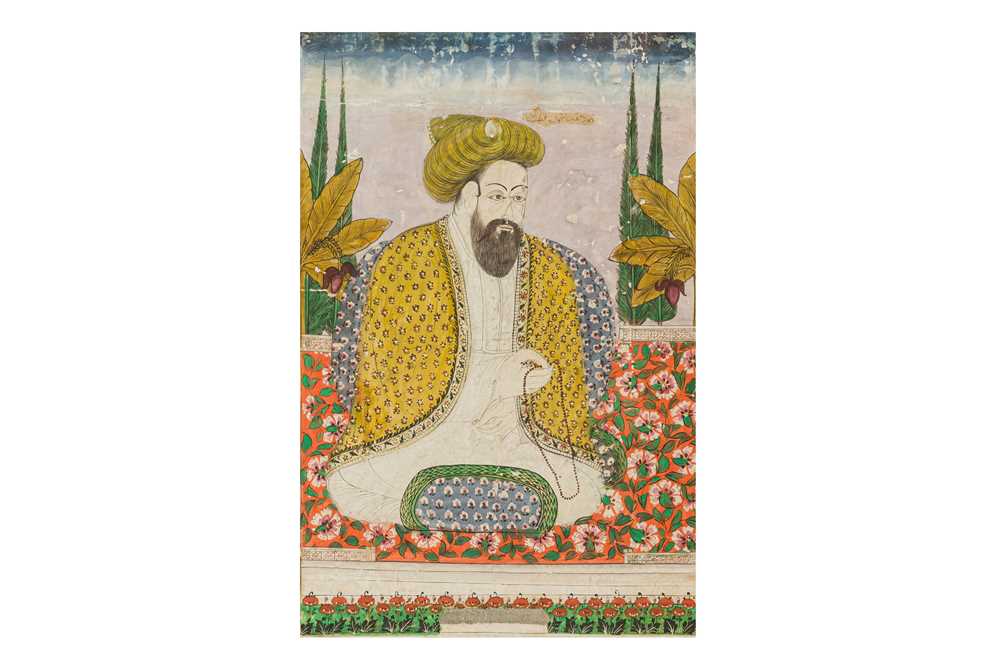
Explanation: Baba Farid was a disciple of Qutbuddin Bakhtiyar Kaki and became a famous Chishti saint known for his simple teachings.
45. Vallabhacharya emphasized which form of devotion?
(a) Knowledge
(b) Service (Seva)
(c) Meditation
(d) Asceticism
Answer: (b) Service (Seva)
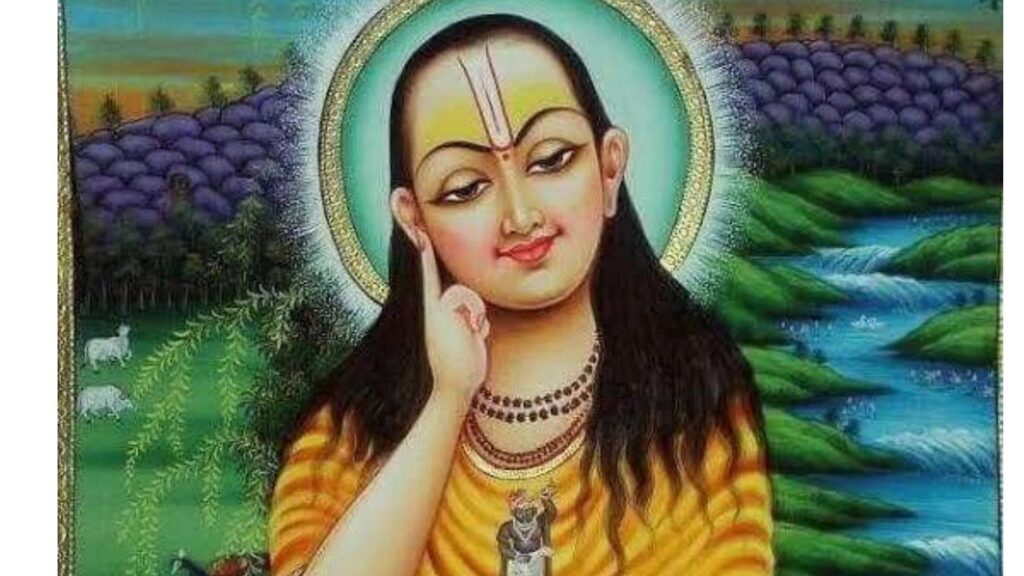
Explanation: Vallabhacharya’s Pushti Marg taught loving service (Seva) to Lord Krishna as the path to salvation.
46. Which of the following was a major centre of the Chishti order?
(a) Multan
(b) Ajmer
(c) Lahore
(d) Delhi
Answer: (b) Ajmer
Explanation: Ajmer became a major centre of the Chishti Sufi order, established by Khwaja Moinuddin Chishti in the 12th century.
47. Who propagated the Dvaita philosophy?
(a) Ramanuja
(b) Shankaracharya
(c) Madhvacharya
(d) Vallabhacharya
Answer: (c) Madhvacharya
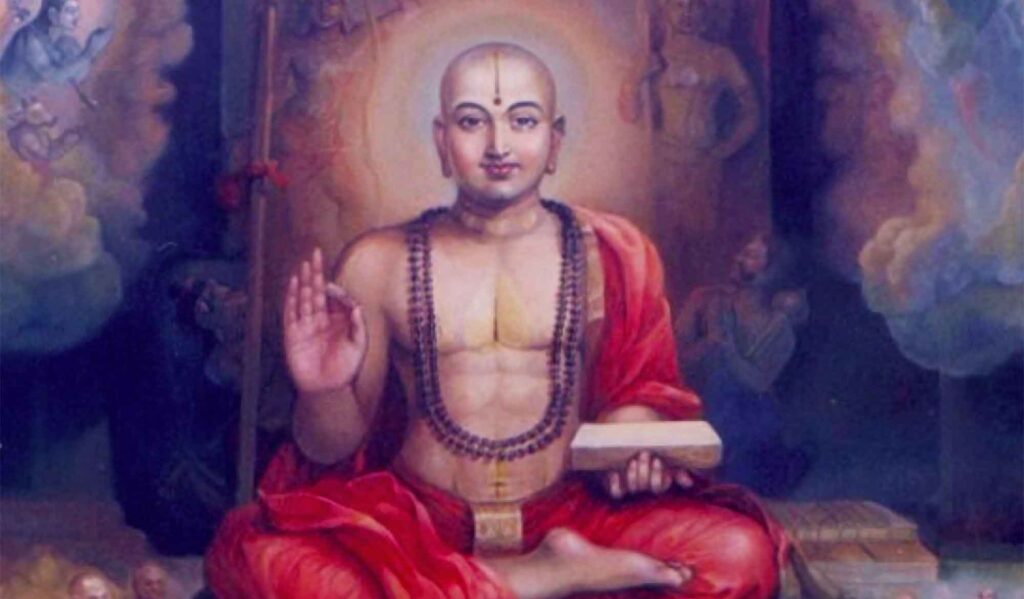
Explanation: Madhvacharya’s Dvaita philosophy argued that God and soul are distinct, emphasizing devotion to Vishnu as supreme.
48. The Bhakti movement in North India was greatly influenced by:
(a) Shaivism
(b) Islam and Sufism
(c) Jainism
(d) Buddhism
Answer: (b) Islam and Sufism
Explanation: The egalitarian and devotional aspects of Sufism deeply influenced the Bhakti movement in North India.
49. Who wrote the text “Fawaid-ul-Fuad”?
(a) Baba Farid
(b) Amir Hasan Sijzi
(c) Nizamuddin Auliya
(d) Al-Hujwiri
Answer: (b) Amir Hasan Sijzi
Explanation: “Fawaid-ul-Fuad” is a compilation of Nizamuddin Auliya’s conversations recorded by his disciple Amir Hasan Sijzi.
50. Whose disciples were called ‘Murids’?
(a) Jain monks
(b) Bhakti saints
(c) Sufi teachers
(d) Buddhist monks
Answer: (c) Sufi teachers
Explanation: In Sufism, disciples are called Murids who learn under spiritual guidance (Murshid) in pursuit of divine truth.
51. The term “Bhakti” means:
(a) Knowledge
(b) Meditation
(c) Devotion
(d) Liberation
Answer: (c) Devotion
Explanation: The word “Bhakti” literally means devotion — an emotional, personal relationship between devotee and God.
52. Who compiled “Siyar-ul-Auliya”?
(a) Nizamuddin Auliya
(b) Mir Khurd
(c) Jamali Kamboh
(d) Amir Khusrau
Answer: (b) Mir Khurd
Explanation: “Siyar-ul-Auliya” is a biographical account of the Chishti saints, written by Mir Khurd, a disciple of Nizamuddin’s successors.
53. Which saint was known as the “Lamp of Delhi”?
(a) Khwaja Moinuddin Chishti
(b) Sheikh Nizamuddin Auliya
(c) Sheikh Nasiruddin Chiragh-i-Delhi
(d) Baba Farid
Answer: (c) Sheikh Nasiruddin Chiragh-i-Delhi
Explanation: Nasiruddin was called “Chiragh-i-Delhi” (Lamp of Delhi) due to his illuminating spiritual presence and teachings.
54. Guru Nanak’s teachings are compiled in which text?
(a) Adi Granth
(b) Ramcharitmanas
(c) Gita Govinda
(d) Bhagavata Purana
Answer: (a) Adi Granth
Explanation: The Adi Granth (later Guru Granth Sahib) compiled Guru Nanak’s hymns and those of other Bhakti saints, promoting equality and devotion.
